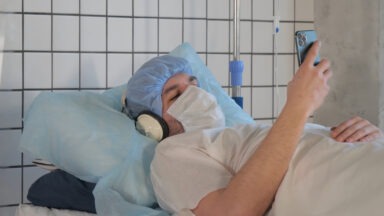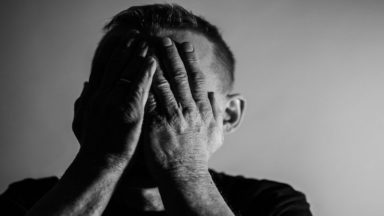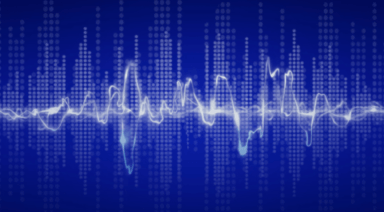Research Shows Effectiveness of Breathwork in Healing

Breath, most of us take it for granted, and yet as an influx of recent studies show, when we learn to control it, it can be the key not only to our physical wellbeing but to our spiritual transformation.
Breathwork is the conscious awareness and control of the breath through the practice of various techniques. While breath practices have been incorporated for millennia in many religious and spiritual traditions, they were largely forgotten with the rise of the modern western world. Today, however, we are in the midst of a massive resurgence in interest in these ancient practices.
Ben Stewart is a filmmaker who has been researching and practicing breathwork for years. “We always have breath, it’s free, and it’s relegated to the subconscious for the most part of our lives,” he said.
When we bring it back into the conscious realm, just the very act of bringing awareness to the breath is something that augments the experience of what the breath is doing to us, but also just becoming aware of your breath allows you to realize how much we actually hold our breath, how interrupted and inconsistent our breathing really is.”
Watch more:
Music Found to Significantly Reduce Pain, Anxiety in Postop Heart Surgeries

Given that heart disease is the leading cause of death in the world, prevention and treatment have never been more important. While conventional cardiology relies heavily on pharmaceuticals in the management of cardiac conditions, music has been shown to have remarkable benefits without any side effects—music as medicine.
Ancient cultures understood the healing benefits of music and integrated it into their promotion of health and healing of disease. But this practice was mostly lost in the rise of western medicine. Today, that connection is gradually being restored as a new wave of research is being done on the healing benefits of music on the heart.
One such recent study found that listening to music is linked to a significant reduction in anxiety and pain after major heart surgery. The researchers concluded that clinicians should consider music for patients scheduled for surgery as it has none of the risks or side effects, and many of the benefits of the drugs most commonly used to aid in post-surgery recovery.




































